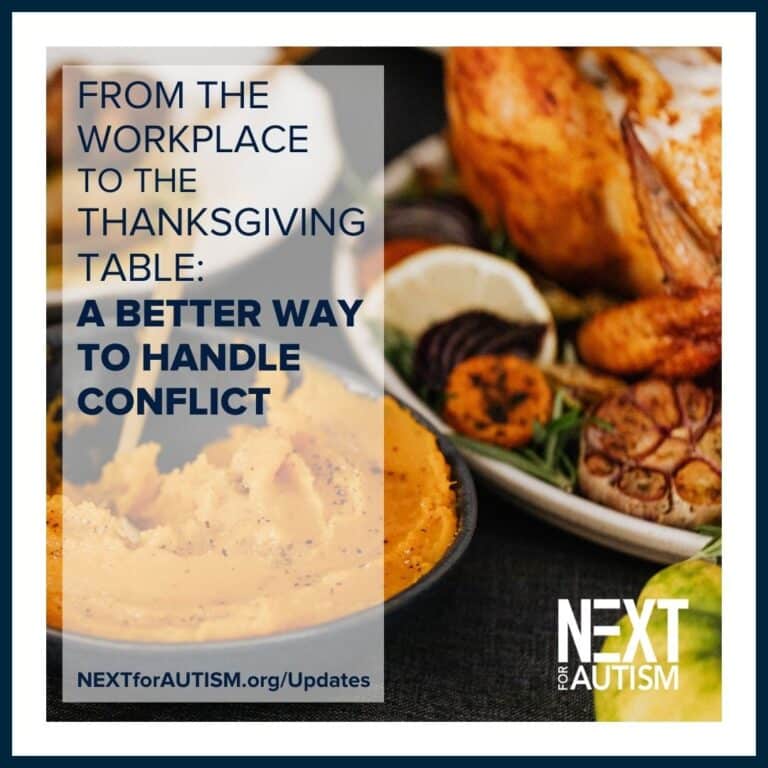Harvard Business Review
February 16, 2022
by Michael Bernick
Employers large and small are beginning to face a major demographic shift: the sharp increase in the neurodiverse workforce, made up of workers with autism, ADHD, dyslexia, Tourette’s syndrome, and other learning and mental health differences.
Particularly, the number of people with autism entering the workforce in the next 10 years and beyond is on the rise, with the growth cutting across racial, ethnic, and geographic lines. For example, in 2005, the Centers for Disease Control and Prevention (CDC) estimated the prevalence of autism had gone up to 1 in 166 children. By 2021, their estimate went up to 1 in 44 children. In 2019, researchers with Drexel University estimated that between 700,000 and 1 million young people with autism are expected to turn 18 over the next decade. Currently, the unemployment rate among people with autism remains high, with some estimates coming in at over 80%.
Since the early 2010s, a network of major employers has developed targeted employment initiatives and protocols to better integrate this workforce into their companies. Such programs are designed to address the challenges these individuals typically face in the hiring process and to target their positive skills and work orientation. As a result, these companies have benefited from such professional attributes as high work attendance rates, job appreciation, and company loyalty.
The heightened profile of disability, equity, and inclusion functions in major employers is already leading companies to think about forms of diversity beyond race and gender. But the number of companies involved in neurodiversity hiring initiatives is modest today, as is the number of participating workers. What can we learn from the companies that have integrated these programs successfully, and how can companies without the resources for dedicated programs make real progress in bringing neurodivergent employees into their organizations?
In-House Neurodiversity Hiring Programs
Many major employers, including SAP, Microsoft, EY, JPMorgan Chase, and Ford Motor Company, are part of the “Neurodiversity @ Work Roundtable,” a collective of leaders who get together to discuss and implement neurodiversity hiring programs.
Microsoft’s Neurodiversity Hiring Program, which launched in 2015, was one of the first. Neurodivergent candidates can send their resumes to a dedicated email address and may be invited to a four-day skills assessment at the Microsoft campus in Redmond, where they can demonstrate their talent to hiring managers in a non-conventional interview setting. According to Microsoft’s Neil Barnett, once a candidate is hired, they’re offered a job coach from The How Skills, a nonprofit in Seattle specializing in supporting workers with disabilities. The job coach is connected with both the employee and the team manager. The manager and other team members are offered optional training sessions on autism and other neurodivergent conditions. Microsoft also gives each new hire from the program access to the broader disability employee resource group and assigns them an internal mentor, often an employee volunteer who has a friend or family member with autism.
The other 40 or so other companies that form the current Roundtable have neurodiversity employment protocols similar to Microsoft’s. The Roundtable continues to add companies, especially tech firms (for example, VMware and Salesforce have launched initiatives in the past two years). Other major firms, including Lee Container and Stanley Black & Decker, have launched structured neurodiversity initiatives without being part of the Roundtable.
At the same time, the number of workers in all of the Roundtable companies remains small. Barnett, a leader in the Roundtable, told me he estimates that around 1,000 positions have been filled by these employers combined, though he emphasized that the pace of hiring is accelerating.








Leave a Reply